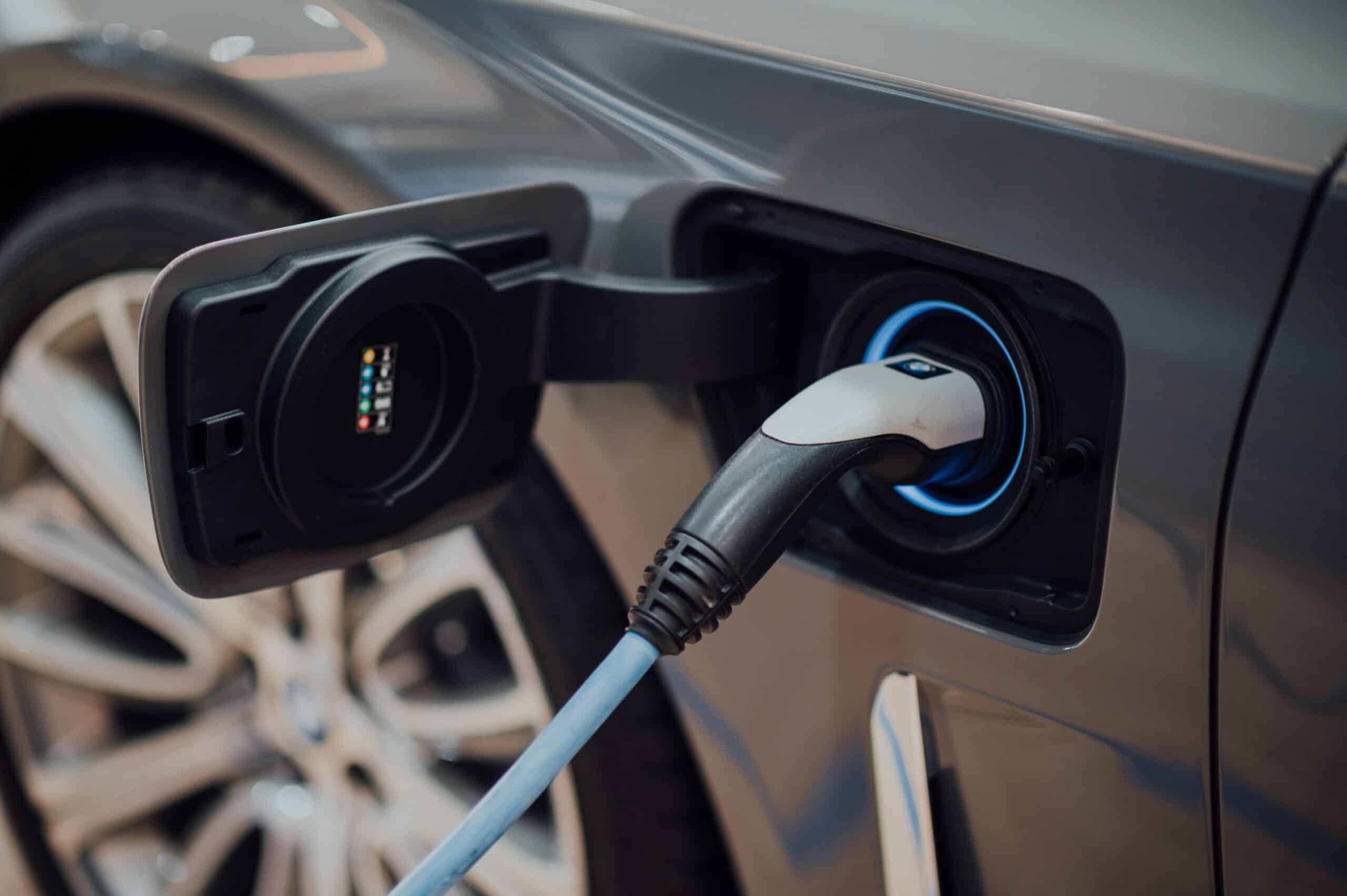For each company with a fleet of vehicles, its management is one of the essential points for its good health, both financially and practically, for each employee who needs to travel. More and more, companies are wondering about the transition to a fleet of electric vehicles. They can reap financial benefits, but also get a head start by becoming a promoter of the energy transition.
The Objectives
First of all, the switch to a fleet of electric vehicles is a golden opportunity for companies with a CSR policy. They can indeed lower their carbon footprint.
Another major objective and motivation: reduce the operating costs of the fleet. We will come back to this in detail later in this article, but this requires an optimal use of charging points in your business.
More a goal than a motivation, the challenge with a fleet of EVs is to make them available, that is to say, loaded, in order to perfectly support the needs of employees.
Finally, the switch to an electric fleet means giving yourself a good environmental image, which is important for consumers today, because an estimated 2/3 of employees think that their company is not sufficiently involved in eco-mobility. It is also a very comfortable and pleasant type of vehicle for users. We invite you to read our article Why choose an electric vehicle?
Understanding the needs
Before implementing your fleet operating strategy, you need to understand your needs and constraints. For this you need to take several factors into account.
First, the characteristics of the vehicles. What is the model? What is the autonomy? What is the maximum charging power? What is the average recharge time? What is the number of vehicles?
Thanks to these questions, you will be able to identify the type of charging point required for your vehicles.
But the analysis of your needs does not stop there. You also need to know the power of the electrical installation in your building.
Finally, you need to ask yourself questions about the activity of your employees, their travel habits (short? long? planned? urgent?) and the average distance they cover.
Fleet management
As mentioned previously in the objective part, lower operating costs are one of the reasons for switching to electric. We will demonstrate it by taking the example of a fleet of 10 combustion vehicles, another of 10 electric vehicles and a last one of 10 electric vehicles with the presence of photovoltaic panels supplying the charging points. Each of these vehicles achieves 20,000 km/year, i.e. a total of 200,000 km/year for the fleet.
First case, we estimate a consumption of the combustion vehicles of 6l/100 km with a diesel cost of 1.30 €/l. Thus, the 10 vehicles achieve 200,000 km/year at a fuel cost of around a little less than 16,000 €.
Second case, let’s take the example of 10 Renault Zoé 50 kW capable of reaching, in a day to day use, 300 km of autonomy. The price per kWh in France is on average 0.1546 € including taxes. Thus, for 200,000 km, the recharging cost will be around 4,670 €.
Third and last case, if your company has photovoltaic panels, the switch to electric mobility is extremely advantageous. Indeed, thanks to such equipment, your recharges will be powered by solar energy and thus drastically reduce the operating costs of your fleet. The installation of photovoltaic panels, as well as the use of electric vehicles is an option which, to be profitable, must be analysed in the long term.
It should also be added that the insurance cost is lower for electric vehicles. Regarding the batteries of your EVs, it will be necessary to decide between purchase and rental. Combining all this together, the Total Cost of Ownership (TCO) is on average 15 to 25% lower than that for combustion vehicles. This is also explained by the many aids available for the installation of charging points.
Thus, the main objectives of the transition from a combustion to an electric vehicle fleet are: lower operating costs, lower carbon footprint of the company and a real argument in your CSR objectives. One of the keys to this transition is your charging facilities and their use.
If you have any questions about this, please do not hesitate to contact us by clicking here.




